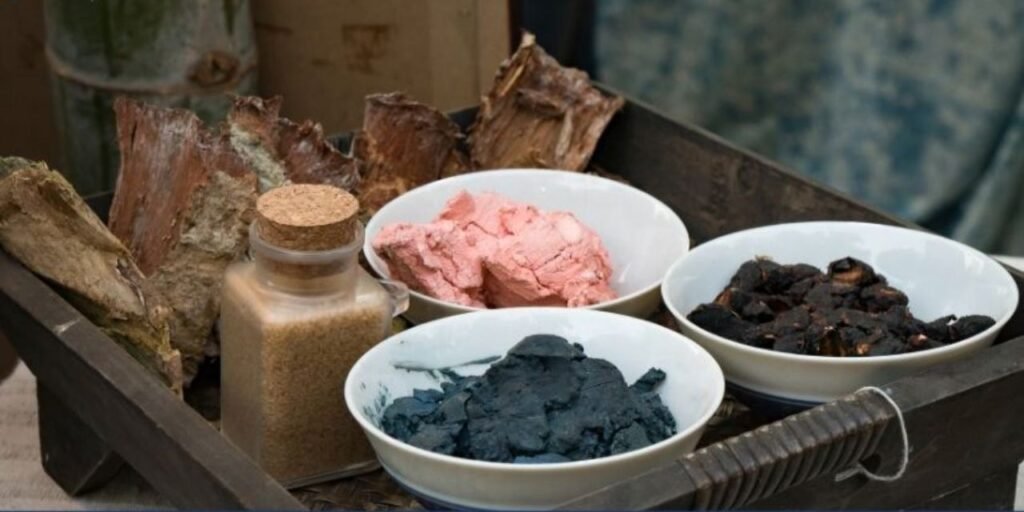
Synopsis
•In line with CARE Ratings’ forecasts, the domestic dye, dye intermediates, and pigment (D&P) industry shown indications of recovery in FY24 after a setback in FY23. In contrast to CARE Ratings’ forecast of 5-7% volume growth and a 100-150 bps recovery in profit before interest, lease rents, depreciation, and taxes [PBILDT] margin, the industry witnessed a 5–10% increase in sales volume and an approximately 100 bps increase in operational profitability in FY24.
- Pigment players had the most profit increases, even though volumes increased for all D&P businesses as a result of decreasing input prices and increased demand from major consumer sectors. Due to a significant adjustment in raw material costs, which affected inventory valuation, the profitability of dye and dye intermediary players remained subdued.
- In FY23, the D&P sector experienced a decrease in demand from end-user sectors like coating, plastic, and textiles. This resulted from significant fluctuations in input costs and excessive inflation in the main consuming economies. The topline of major industrial participants moderated by more than 5%, and their operational profitability contracted by almost 500 basis points.
- CARE Ratings anticipates that the growth trend will continue in FY25, with a volume-backed rebound in topline of over 10% for D&P players and an increase in operational profitability of 150–200 basis points, mostly due to an improvement in gross margin.
- Similar to FY24, the solvency condition is anticipated to stay stable in FY25.
Indications of a recovery in demand in FY24
With over 10% of the global market by value, India is one of the top providers of D&P worldwide. About 75–80% of the D&P sector is made up of dyes and dye intermediates, with textiles accounting for more than 70% of its end-use applications. This is demonstrated by India’s substantial D&P exports to the USA (5%), China (7%), Bangladesh (10% of total D&P export volume), and Turkey (7%), the bulk of which are textile-producing countries. Additionally, the business is heavily reliant on imports, with China accounting for more than half of all imports.
